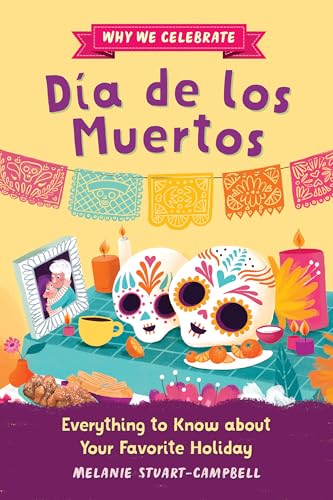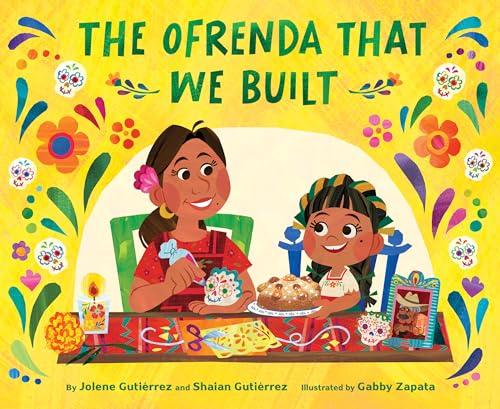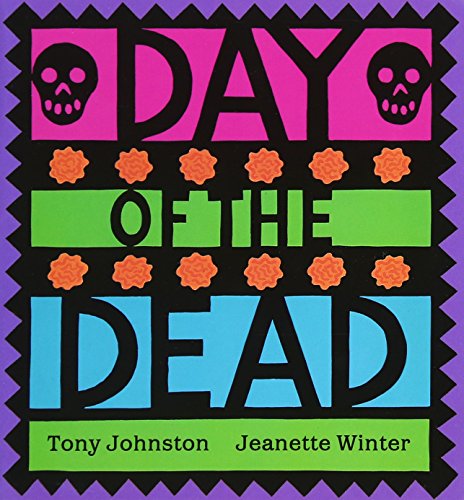At My Mind Is Powerful, we believe bilingualism is more than a skill, it’s a bridge between worlds, cultures, and generations. And few traditions embody that bridge more powerfully than Día de Muertos, or the Day of the Dead, celebrated every year on November 1st and 2nd across Latin America.
This celebration reminds us — and our children — that language is more than words. It’s memory. It’s connection. It’s how we keep love alive across time.
What Is Día de Muertos?
Rooted in ancient Aztec, Mayan, and Toltec beliefs, Día de Muertos is not about mourning, it’s about celebrating life and remembering those we love. When the Spanish arrived in the 16th century, they merged these Indigenous traditions with Catholic All Saints’ and All Souls’ Days, creating the unique blend we now recognize as Día de Muertos.
Families set up ofrendas (altars) decorated with cempasúchil (marigolds), candles, photographs, food, and toys. Symbolic offerings meant to welcome the spirits of loved ones back home for one joyful reunion each year.
It’s a deeply emotional, mindful ritual. One that helps children understand the cyclical nature of life, the healing power of memory, and the importance of gratitude and love.
Where and How Día de Muertos Is Celebrated
Día de Muertos, also known as the Day of the Dead, is predominantly celebrated in Mexico, but various Latin American countries and even certain regions in the United States partake in this vibrant tradition. Each country maintains its unique interpretation and practices, enriching the cultural tapestry associated with this holiday.
In Mexico, Día de Muertos is a public holiday, celebrated on November 1st and 2nd. The custom of building altars, or ofrendas, is profound, incorporating photographs, favorite foods, and personal items of the deceased to honor their spirits. Families often gather in cemeteries to decorate graves with marigolds, sugar skulls, and papel picado, engaging in lively conversations about the memories of those who have passed.
In Guatemala, the festivities are noted for their colorful kites, symbolizing communication with the departed. The celebration spans the same dates as in Mexico, with an emphasis on bamboo kites and traditional foods, such as fiambre, a cold salad made from various meats and vegetables. This local variation signifies the cultural complexity of the event, blending indigenous traditions with colonial influences.
Ecuador also acknowledges Día de Muertos, though it is often combined with All Soul’s Day. The celebration involves visiting graves and preparing elaborate meals that are shared among families and friends. Local customs, such as the preparation of guaguas de pan (bread figures) and colada morada (a traditional drink), showcase the Ecuadorian twist on the holiday.
In the United States, particularly in states with significant Latino populations such as California and Texas, communities celebrate Día de Muertos through festivals that encompass music, dance, and artistic displays reflective of Mexican heritage. These events serve to educate and involve diverse populations, highlighting the multicultural nature of the celebration.
The expansive embrace of Día de Muertos across these nations illustrates the deep-rooted respect for ancestors and the complex layers of memory, culture, and storytelling embedded within this poignant holiday.
Across borders, one message remains the same: Love doesn’t end — it transforms.
🕯️ Why Día de Muertos Matters for Bilingual, Mindful Families
Teaching children about Día de Muertos in both English and Spanish deepens not only their language comprehension but also their emotional intelligence (SEL).
✨ Mindfulness in Tradition: Building an ofrenda teaches presence. Slowing down to honor, reflect, and express gratitude.
💬 Language as Connection: Naming family members, foods, and memories in both languages reinforces the emotional meaning behind the words.
💖 Emotional Resilience: Discussing loss gently through stories helps children process big feelings and understand that remembering is an act of love.
When we raise bilingual children, we’re not just giving them more words, we’re giving them more worlds to belong to.
Practical Tip: The “Family Memory Ofrenda” Activity
Create a small Family Memory Ofrenda at home this year.
- Gather photos of loved ones or pets who have passed.
- Add meaningful symbols; flowers, favorite foods, or small items that remind you of them.
- Label everything in both languages (e.g., flor / flower, foto / picture, pan / bread).
- Take a mindfulness minute as a family: close your eyes, breathe deeply, and share one happy memory aloud.
This simple act blends bilingual vocabulary, emotional intelligence, and cultural awareness, the perfect trifecta for raising mindful, connected children.
Our Favorite Bilingual Books to Celebrate Día de Muertos
We’ve curated our favorite bilingual books that bring this beautiful holiday — and its values — to life for young readers. Each story and activity helps you connect culture, language, and emotion in meaningful ways.
¡Celebra el Día de los Muertos!
Vibrant illustrations and clear bilingual text help children understand the meaning and joy of the holiday. Ideal for preschoolers learning cultural vocabulary.
The Day of the Dead / El Día de los Muertos: A Bilingual Celebration
A beautiful bilingual picture book that walks children through the sights, smells, and sounds of this day — perfect for classroom read-alouds.
La Catrina: Emociones / Emotions (Lil’ Libros)
A stunning bilingual book that uses La Catrina to teach children about emotions — blending cultural pride with emotional literacy.
The Ofrenda That We Built
A lyrical story that celebrates family collaboration and tradition, showing how each offering on the ofrenda carries deep meaning.
Day of the Dead: A Great Fall and Halloween Read for Kids
A festive, bilingual-friendly story connecting Halloween and Día de Muertos traditions — perfect for bridging cultural contexts.
Why We Celebrate Día de los Muertos: Everything to Know about Your Favorite Holiday
A wonderful nonfiction title that helps older children and families understand the roots, symbolism, and modern expressions of this beautiful tradition.
Final Reflection
Día de Muertos reminds us that love transcends language, and that our bilingual children carry within them the stories, sounds, and colors of generations.
By reading, creating, and reflecting together, we not only pass on words, we pass on wisdom.
So this Día de Muertos, gather your family, light a candle, open a bilingual book, and say:
“Mientras yo viva, tú siempre vivirás en mi memoria. / As long as I live, you will always live on in my memory.”



